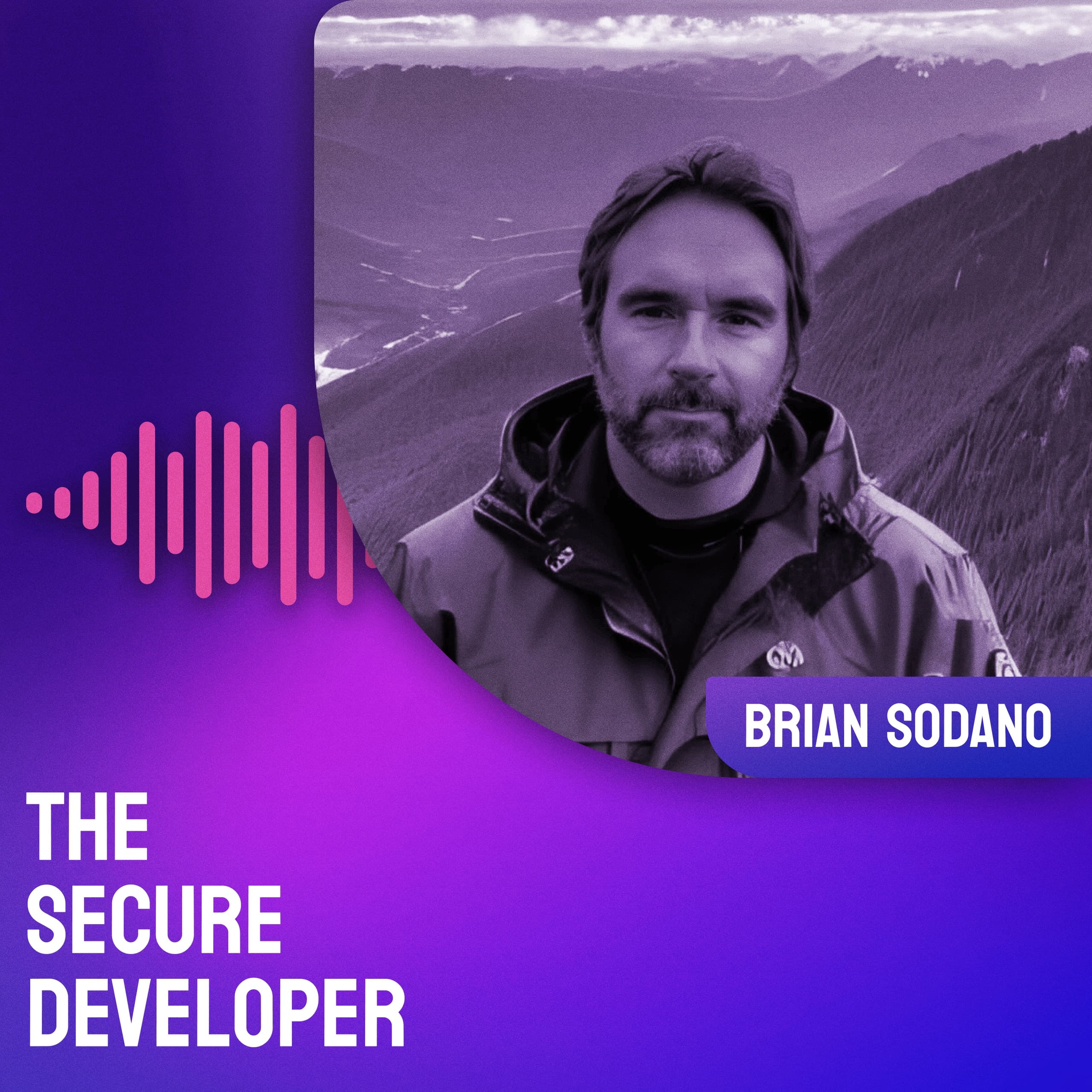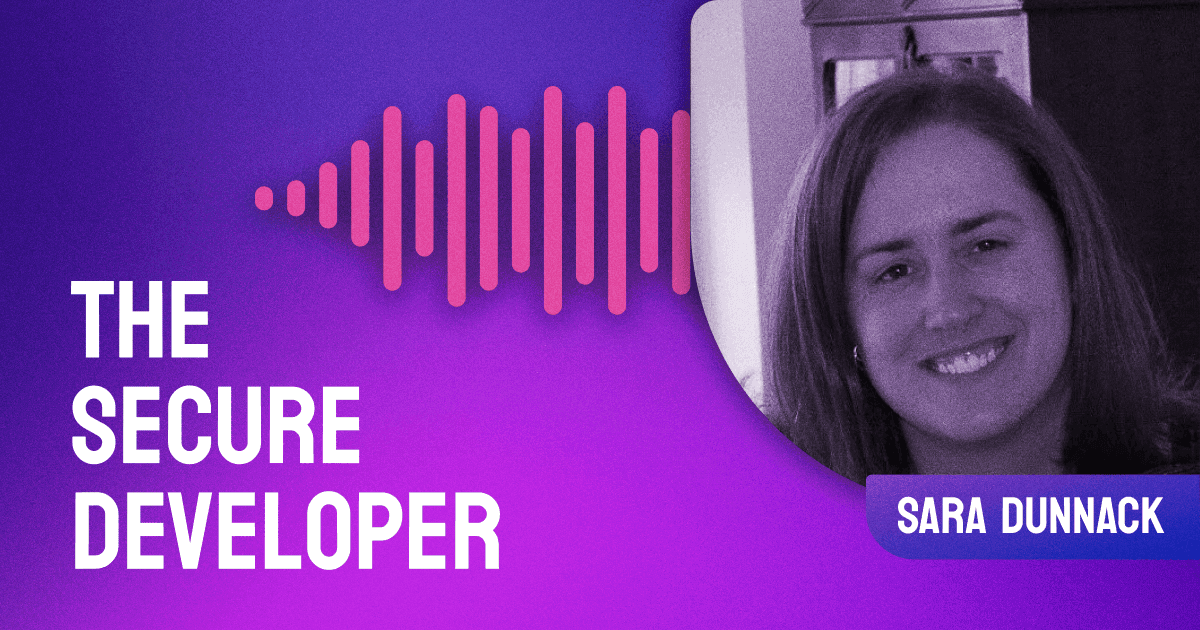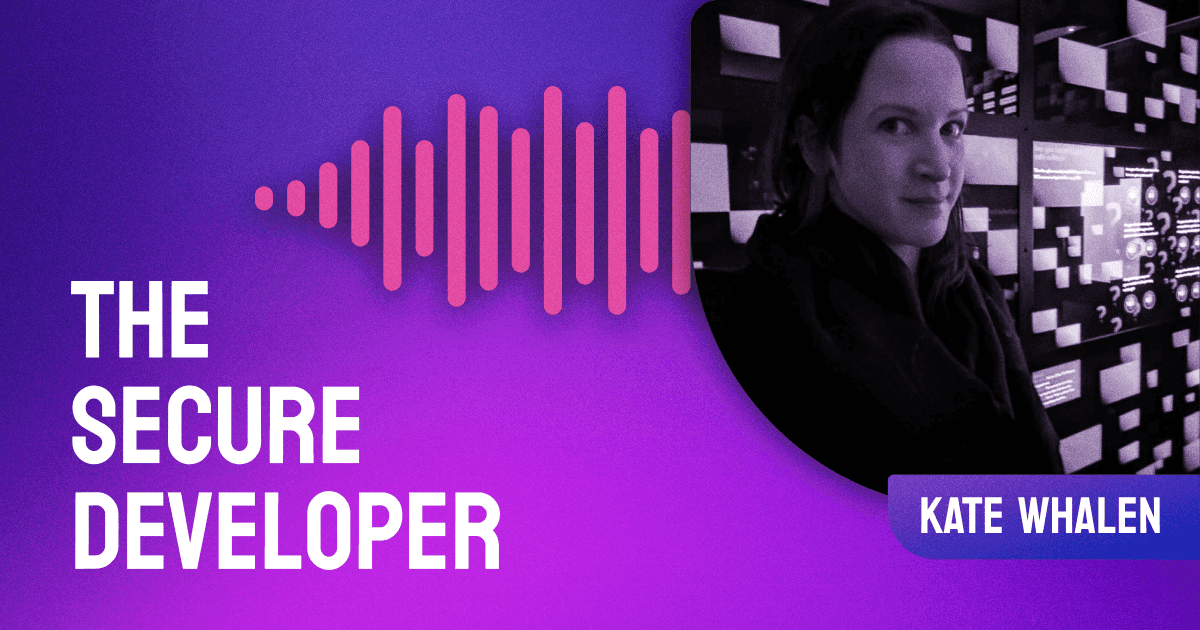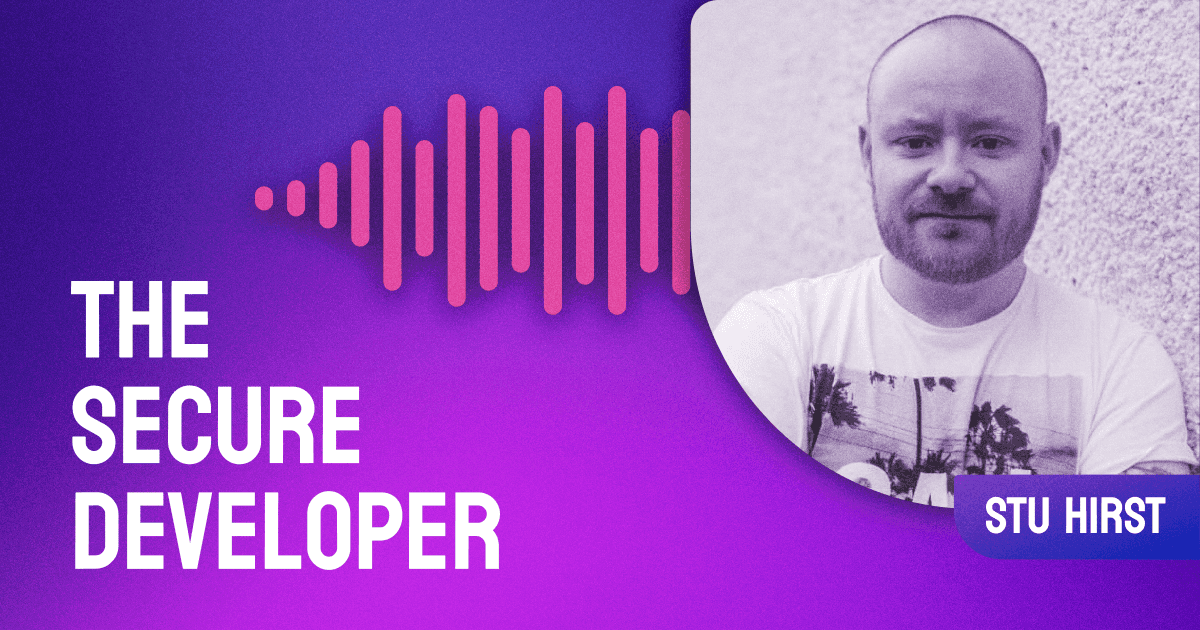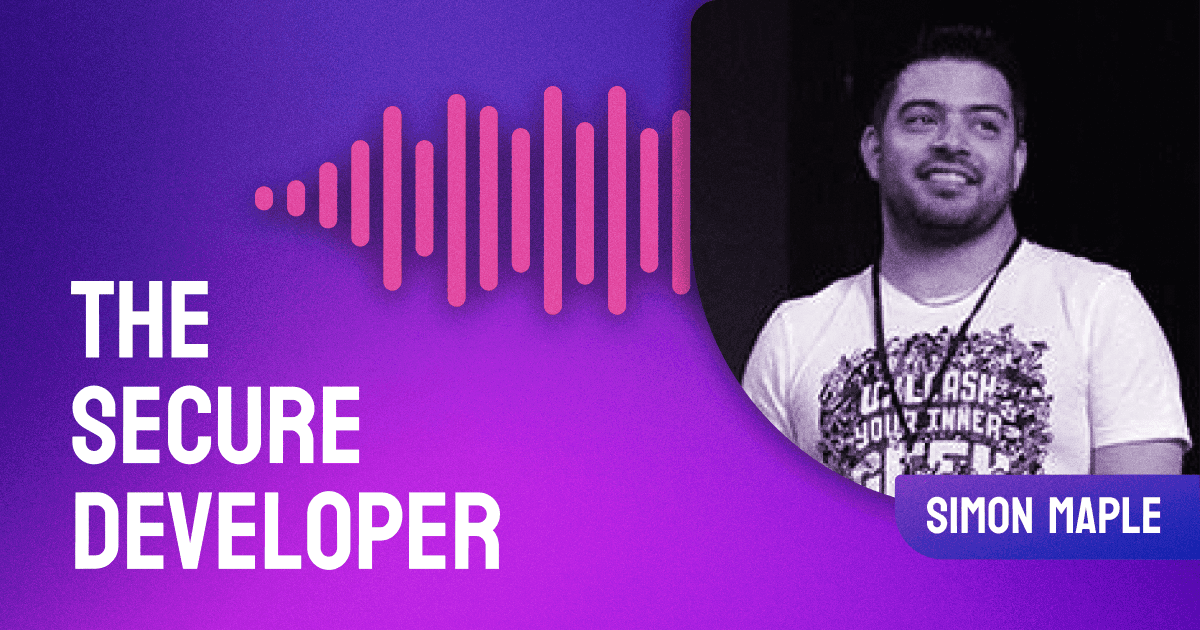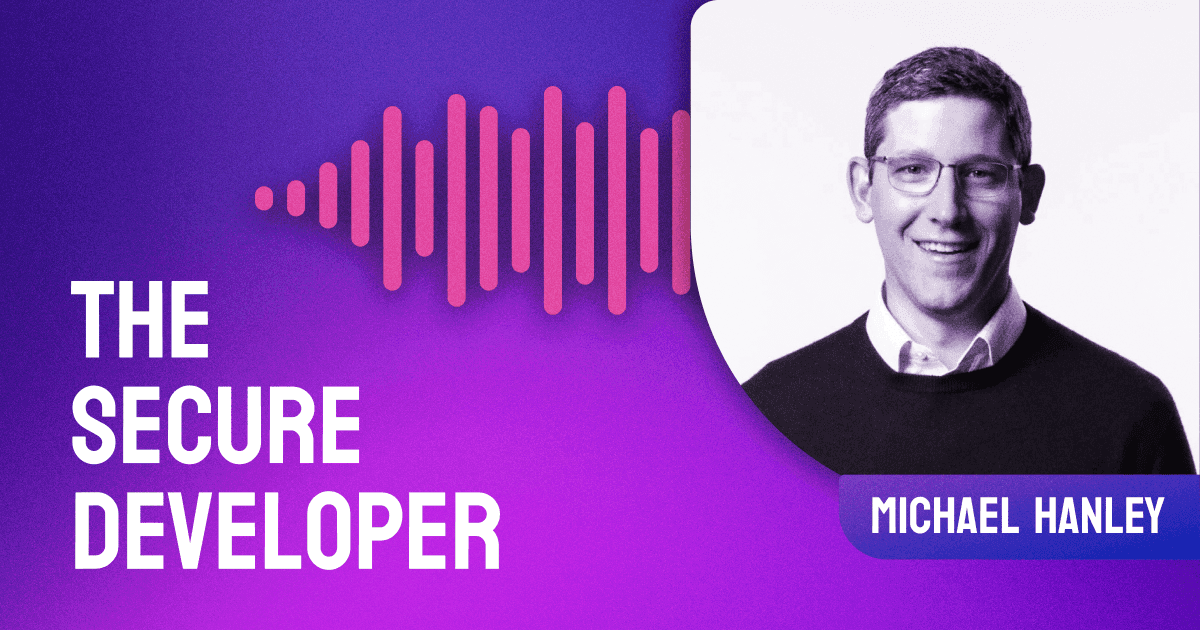In episode 40 of The Secure Developer, Guy speaks with Brian Sodano, Director of Engineering at Liberty Mutual Insurance. They unpack what happens to security when a company goes through a large-scale digital transformation, and ruminate on the future of the security industry.
The post Ep. #40, Large-Scale Digital Transformation with Brian Sodano of Liberty Mutual appeared first on Heavybit.
